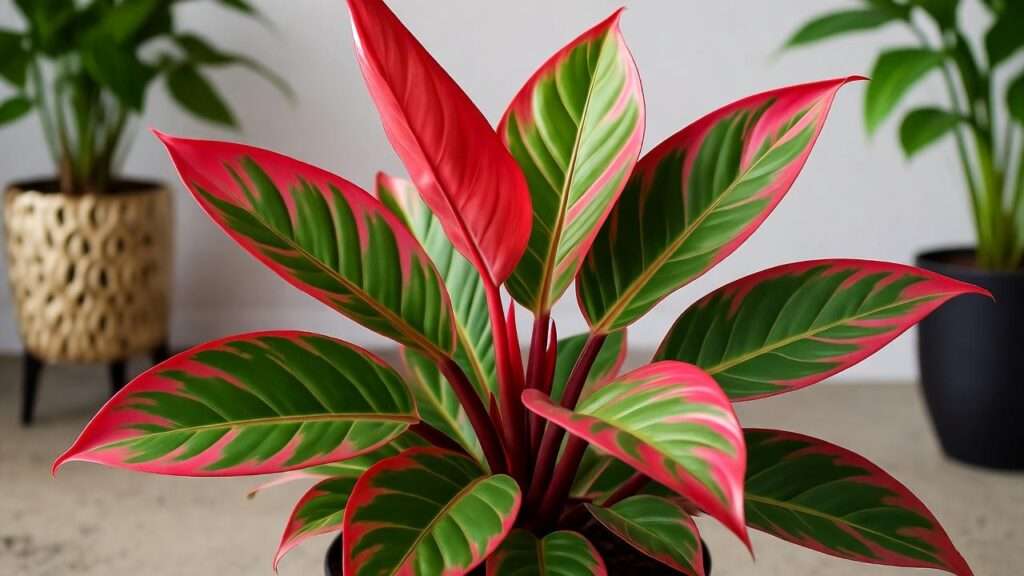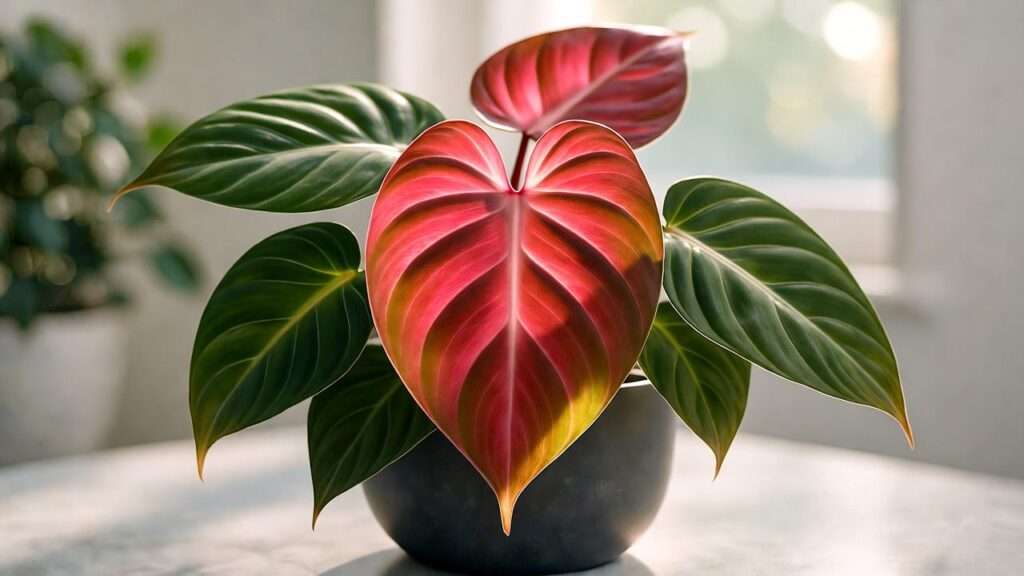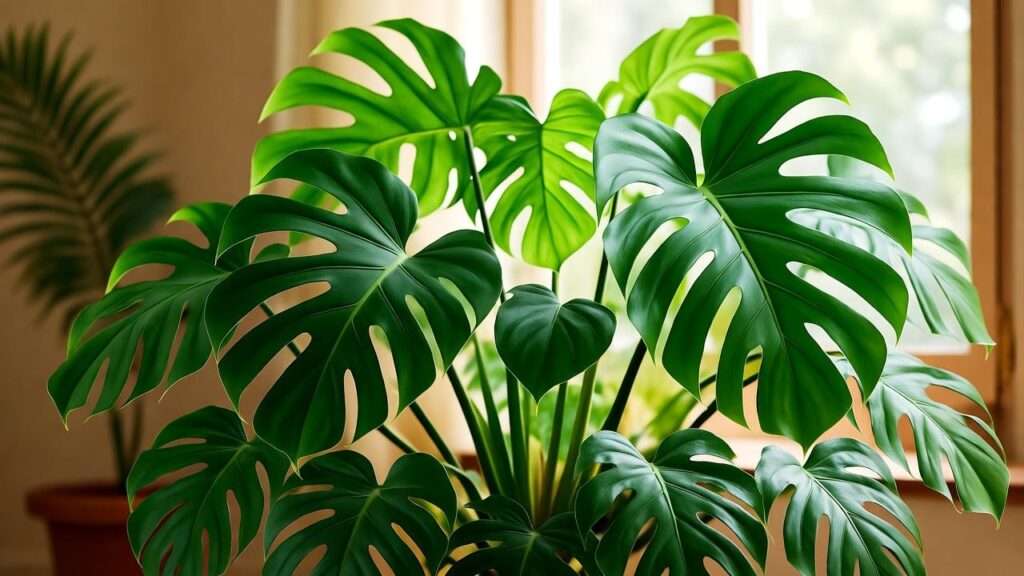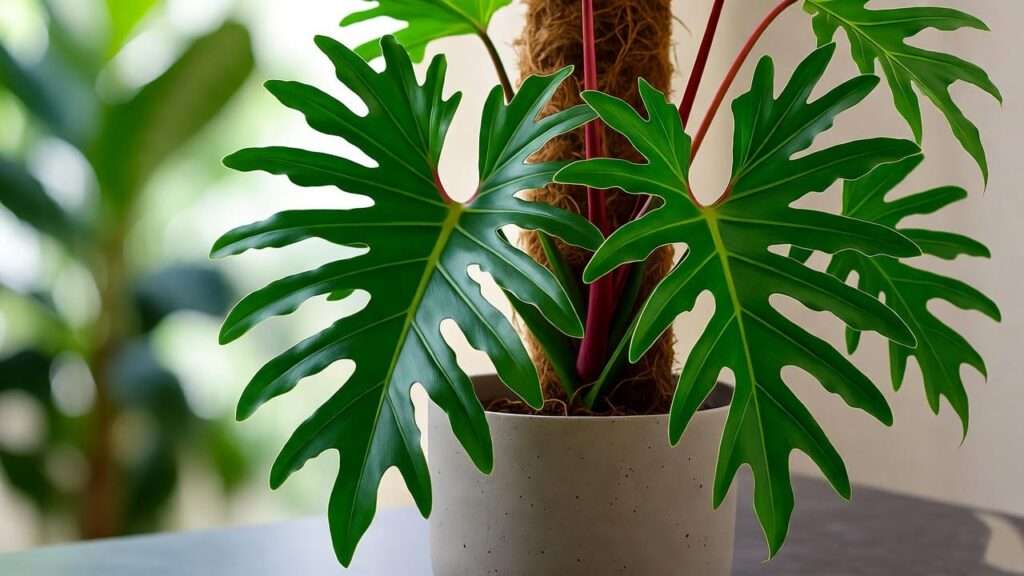Imagine transforming your home with a burst of vibrant, heart-shaped leaves that bring the tropics indoors. The philodendron red plant, known for its striking red or reddish-green foliage, is the perfect houseplant to elevate your space with minimal effort. Whether you’re a beginner or a seasoned plant enthusiast, this guide will empower you to grow a thriving philodendron red plant that turns heads. From light and watering to propagation and styling, we’ve compiled expert-backed tips to address common challenges and ensure your plant flourishes. Backed by horticultural expertise and practical experience, this comprehensive guide will help you unlock the full potential of your philodendron red plant.
What Is a Philodendron Red Plant?
Overview of the Philodendron Red Plant
The philodendron red plant, scientifically known as Philodendron erubescens, is a stunning tropical houseplant celebrated for its glossy, heart-shaped leaves that display vibrant hues of red, burgundy, or reddish-green. Popular varieties like Red Emerald, Imperial Red, and Prince of Orange offer unique shades and growth patterns, making them a favorite among indoor plant lovers. Native to the rainforests of South America, this plant thrives in warm, humid environments, which makes it adaptable to indoor settings. Its compact growth and bold colors make it ideal for apartments, offices, or any space needing a touch of nature.
Benefits of Growing a Philodendron Red Plant
Why choose a philodendron red plant? Beyond its eye-catching aesthetic, it offers multiple benefits. Its rich foliage adds texture and warmth to home decor, complementing both modern and bohemian styles. According to NASA’s Clean Air Study, philodendrons can remove toxins like formaldehyde, improving indoor air quality. They’re also low-maintenance, perfect for busy individuals or those new to plant care. Plus, caring for plants like the philodendron red can reduce stress and boost mood through biophilic design, connecting you to nature even in urban settings.
Understanding the Care Needs of Your Philodendron Red Plant
Light Requirements
Proper lighting is key to a thriving philodendron red plant. It prefers bright, indirect light to maintain its vibrant leaf color. Place it near a north- or east-facing window where sunlight is filtered, or use a sheer curtain to soften direct rays. While it can tolerate low light, this may dull its red hues and slow growth. Direct sunlight, however, can scorch leaves, causing brown spots. Expert Tip: If natural light is limited, consider a grow light with 1000-2000 lumens, positioned 12-18 inches above the plant for 10-12 hours daily.
Watering Guidelines
Watering a philodendron red plant requires balance. Allow the top 1-2 inches of soil to dry out before watering, typically every 7-10 days in spring and summer, and every 10-14 days in fall and winter. Overwatering can lead to yellowing leaves or root rot, while underwatering causes wilting or drooping. Use room-temperature water and ensure the pot has drainage holes to prevent waterlogging. Example: In summer, water thoroughly on a Monday if the soil feels dry; in winter, check every other Friday. Always empty saucers to avoid standing water.
Soil and Potting Needs
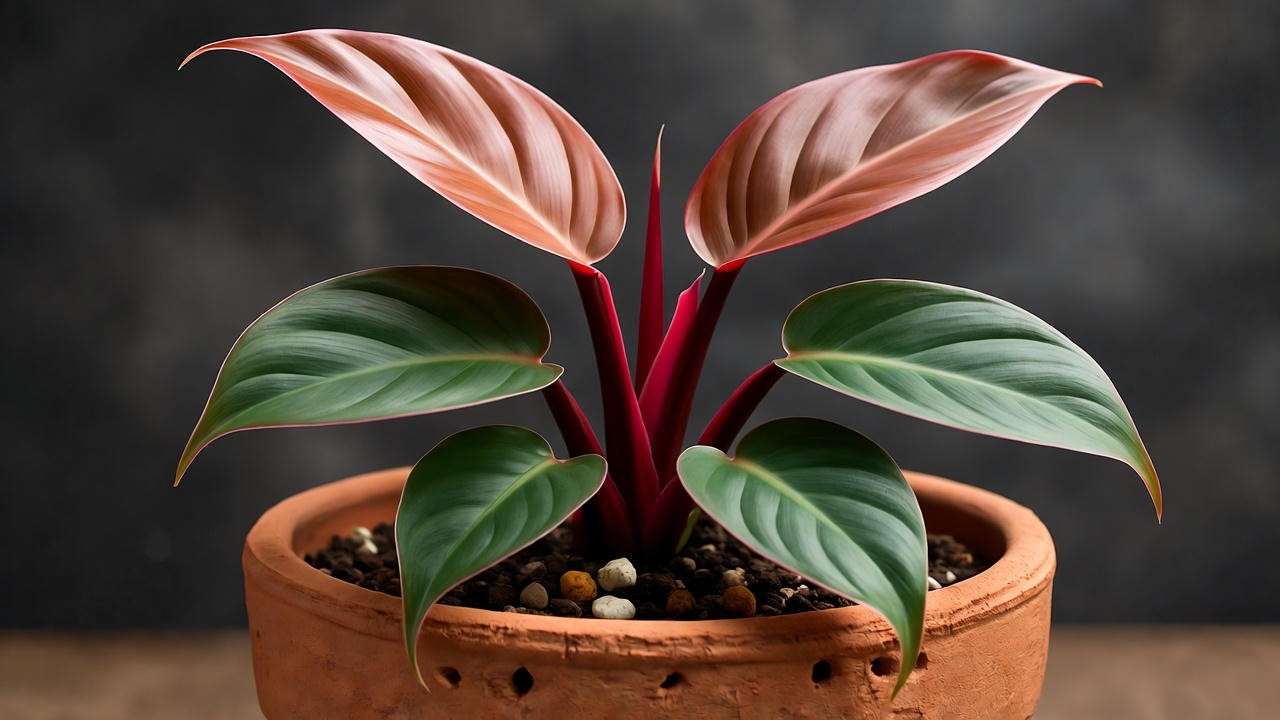
A well-draining soil mix is essential for healthy roots. Combine peat moss, perlite, and orchid bark for an airy, nutrient-rich blend. A slightly acidic pH (5.5-6.5) optimizes nutrient uptake. Choose a pot with drainage holes, ideally terracotta to wick excess moisture. Repot every 1-2 years or when roots become crowded, typically indicated by roots circling the pot’s bottom. Expert Insight: Adding a layer of sphagnum moss on top retains moisture while preventing compaction, mimicking the plant’s natural rainforest floor.
Humidity and Temperature
As a tropical plant, the philodendron red thrives in 60-80% humidity. In dry climates, boost humidity with a humidifier, a pebble tray filled with water, or by grouping plants together. Maintain temperatures between 65-80°F (18-27°C), avoiding cold drafts or sudden temperature drops. Keep it away from air vents, heaters, or exterior doors. Common Mistake: Low humidity can cause brown, crispy leaf edges. If your home is dry, mist leaves lightly every 2-3 days or invest in a small humidifier for consistent moisture.
Fertilizing for Growth
To encourage lush growth, fertilize monthly during spring and summer with a balanced, water-soluble fertilizer (e.g., 10-10-10 or 20-20-20) diluted to half strength. Avoid fertilizing in fall and winter when growth slows. Over-fertilization can cause leaf burn or salt buildup, visible as white crust on the soil. Pro Tip: Every 3-4 months, flush the soil by running water through it for a minute to remove excess salts, ensuring long-term plant health.
Pruning and Maintenance
How to Prune Your Philodendron Red Plant
Pruning keeps your philodendron red plant bushy and healthy. Use clean, sharp pruning shears to cut above leaf nodes at a 45-degree angle, targeting leggy or damaged stems. Spring is the best time, as the plant is actively growing. Pruning encourages fuller growth and removes yellowed or dead leaves. Safety Note: Wear gloves, as the plant’s sap can irritate skin or eyes. Sterilize tools with rubbing alcohol before and after to prevent disease spread.
Cleaning and Caring for Leaves
Dust on leaves can block sunlight, hindering photosynthesis. Wipe leaves gently with a damp cloth every 2-3 weeks to keep them clean and glossy. Avoid commercial leaf shine products, which can clog pores. For a natural shine, mix a few drops of neem oil with water and apply sparingly. Example: Set a biweekly reminder to clean leaves on a Sunday morning, using a soft microfiber cloth for best results. Regular cleaning also helps spot pests early.
Propagating Your Philodendron Red Plant
Step-by-Step Propagation Guide
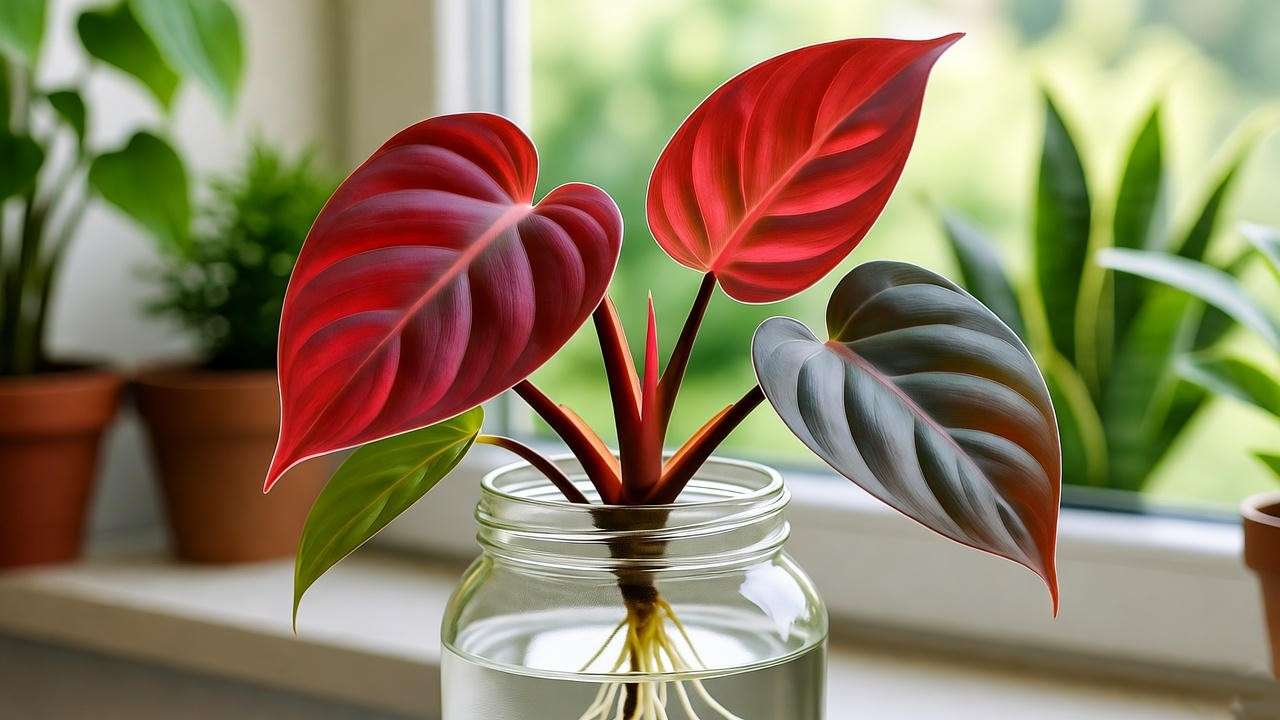
Propagating a philodendron red plant is a rewarding way to expand your collection or share with friends. The most effective method is stem cuttings, done in spring or early summer. Here’s how:
- Select a Healthy Stem: Choose a stem with 2-3 nodes and healthy leaves.
- Cut: Use sterilized shears to cut just below a node.
- Root in Water or Soil: Place the cutting in water (change every 3-4 days) or moist soil with perlite. Keep in bright, indirect light.
- Monitor Growth: Roots should form in 2-4 weeks. Transplant to soil once roots are 2 inches long.
- Care for New Plant: Water lightly and maintain high humidity.
Expert Tip: Dip the cut end in rooting hormone to speed up rooting, especially in soil.
Common Propagation Mistakes
Avoid these pitfalls for successful propagation:
- Using weak or damaged cuttings, which may fail to root.
- Overwatering in soil, leading to rot.
- Low humidity, which slows root development. Expert Tip: Cover soil-based cuttings with a plastic bag to trap moisture, checking daily to prevent mold.
Common Problems and Solutions
Pests and How to Manage Them
Philodendron red plants can attract pests like spider mites, mealybugs, and scale. Spider mites leave fine webbing, mealybugs appear as white cottony spots, and scale looks like small brown bumps. Treat by wiping leaves with a neem oil solution (1 tsp neem oil, 1 quart water) or insecticidal soap. For severe infestations, isolate the plant and repeat treatment weekly. Prevention Tip: Inspect new plants before introducing them to your collection and maintain 60%+ humidity to deter pests.
Diseases and Their Fixes
Root rot, caused by overwatering, is the most common disease. Symptoms include mushy roots and yellowing leaves. To fix, remove affected roots, repot in fresh, well-draining soil, and adjust watering. Leaf spot, a fungal issue from high humidity and poor air circulation, appears as dark spots. Improve ventilation and avoid overhead watering. Expert Insight: Quarantine diseased plants immediately to prevent spreading to nearby houseplants.
Troubleshooting Leaf Issues
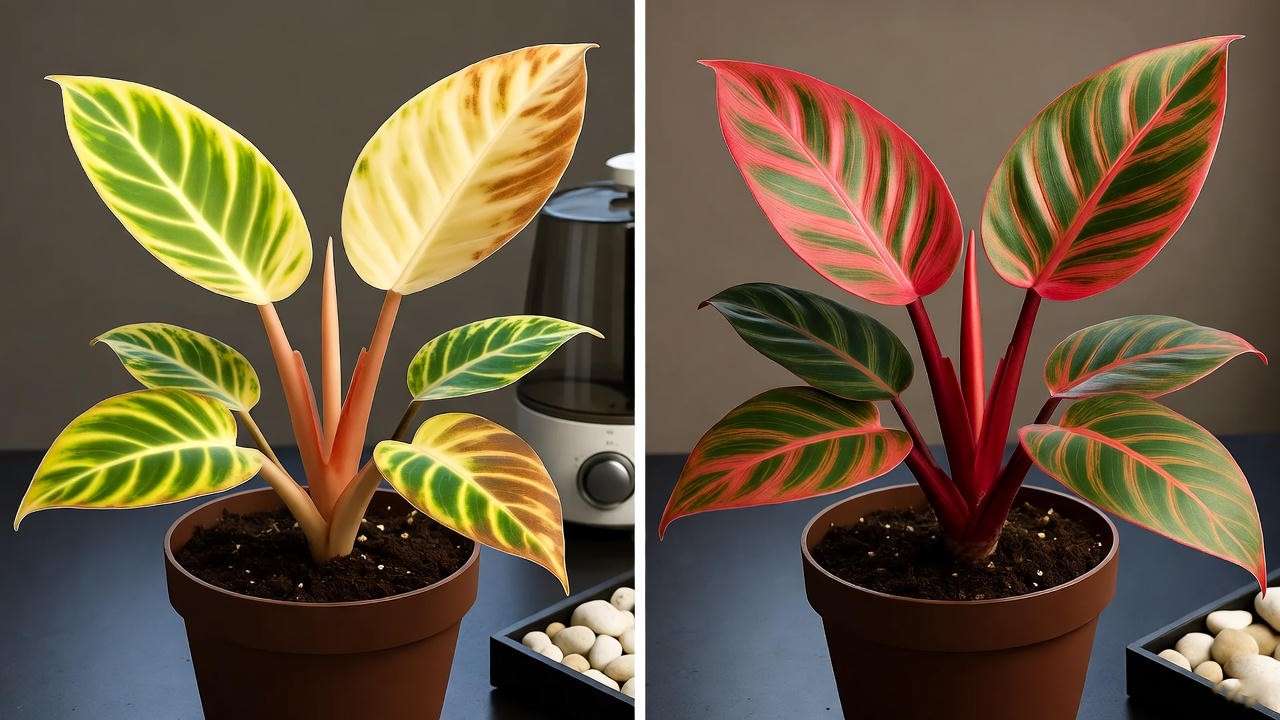
Leaf problems often signal care issues. Use this guide:
- Yellow Leaves: Overwatering, poor drainage, or nutrient deficiency. Check soil moisture and fertilize if needed.
- Brown, Crispy Edges: Low humidity or underwatering. Increase humidity or water more consistently.
- Drooping Leaves: Underwatering or temperature stress. Ensure proper hydration and keep away from cold drafts.
- Quick Reference Table:
Symptom Cause Solution Yellow leaves Overwatering Reduce watering, improve drainage Brown edges Low humidity Use humidifier or pebble tray Drooping Underwatering Water thoroughly, check soil
Styling Your Philodendron Red Plant Indoors
Creative Display Ideas
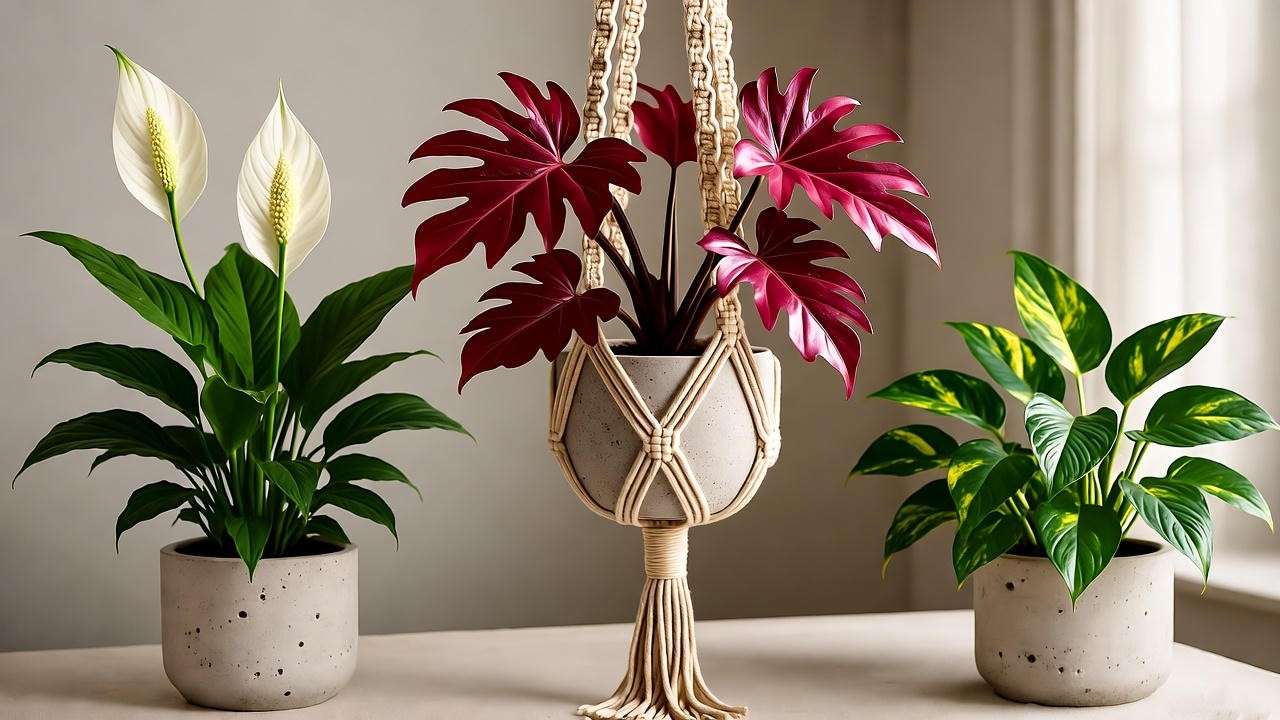
The philodendron red plant’s bold foliage makes it a versatile addition to any indoor space. Its vibrant leaves can serve as a centerpiece in living rooms, offices, or even small apartments. Consider placing it in a decorative ceramic pot on a coffee table to draw attention to its rich colors. For a bohemian vibe, use a macramé plant hanger to suspend it near a window, allowing its vines to cascade gracefully. If you’re creating a plant shelf or vertical garden, position the philodendron red at eye level to highlight its striking hues. Design Tip: Pair it with neutral or earthy-toned decor, such as beige or terracotta, to make its red foliage pop.
Companion Plants
To create a lush indoor jungle, pair your philodendron red plant with complementary houseplants. Pothos, with its trailing vines, adds a soft contrast, while peace lilies bring elegant white blooms. For texture, consider calatheas, known for their patterned leaves. Ensure proper spacing—about 12-18 inches between pots—to promote airflow and prevent pest issues. Avoid overcrowding, as this can trap moisture and lead to fungal problems. Example: Create a tropical corner by grouping a philodendron red with a golden pothos and a snake plant in a well-lit area, using staggered heights for visual appeal.
Expert Insights and Advanced Care Tips
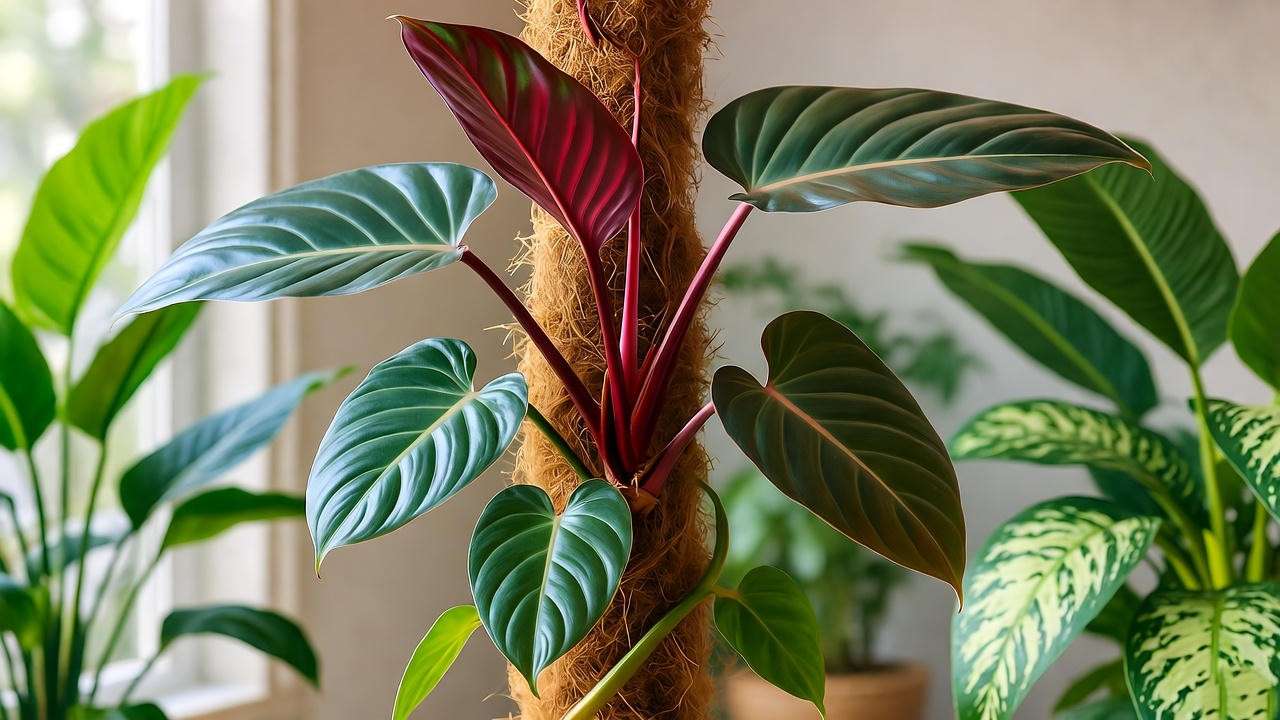
Drawing from years of experience in tropical plant care, horticulturists emphasize the philodendron red plant’s adaptability but stress the importance of tailored care for optimal growth. Dr. Maria Gonzalez, a tropical plant specialist at the University of Florida’s Extension Program, notes, “Philodendron erubescens thrives when you mimic its rainforest origins—think bright light, high humidity, and consistent care.” For advanced growers, consider training your plant on a moss pole or trellis to encourage vertical growth, creating a stunning focal point. Insert the pole into the soil and gently tie vines with soft plant ties, checking monthly for growth progress.
Seasonal adjustments are key. In winter, when growth slows, reduce watering to every 10-14 days and move the plant away from cold windows. In spring, ramp up fertilization to support new growth. Case Study: A plant enthusiast in Seattle revived a struggling philodendron red by moving it to a brighter spot, increasing humidity with a pebble tray, and pruning leggy stems. Within two months, the plant regained its vibrant color and doubled in size, proving the power of targeted care adjustments.
Frequently Asked Questions (FAQs)
Is the philodendron red plant toxic to pets?
Yes, the philodendron red plant is toxic to cats and dogs due to calcium oxalate crystals in its leaves and stems. Ingestion can cause oral irritation, drooling, or vomiting. Keep it out of reach, ideally on high shelves or in hanging planters, and contact a veterinarian if ingestion occurs.
How fast does a philodendron red plant grow?
Under ideal conditions—bright indirect light, proper watering, and high humidity—it grows moderately, adding 1-2 feet of new growth annually. Growth slows in low light or during winter dormancy.
Can it survive in low light?
Yes, it can tolerate low light, but its vibrant red hues may fade to green, and growth may slow significantly. For best results, provide bright, indirect light.
How do I make the leaves redder?
To enhance red coloration, ensure bright, indirect light for 10-12 hours daily and maintain humidity above 60%. Nutrient deficiencies can dull colors, so fertilize monthly during the growing season.
What’s the difference between Philodendron Red Emerald and Imperial Red?
Red Emerald has vining growth with elongated, reddish-green leaves, ideal for climbing or trailing. Imperial Red is more compact with broader, deep red leaves, suited for tabletop displays. Both require similar care but differ in aesthetic and growth habits.
Conclusion
The philodendron red plant is a showstopper that combines low-maintenance care with stunning tropical beauty. By providing bright, indirect light, balanced watering, well-draining soil, and high humidity, you can ensure your plant thrives year-round. Whether you’re propagating new cuttings, troubleshooting leaf issues, or styling it as a decor centerpiece, this guide equips you with expert insights to succeed. Start your philodendron journey today and transform your indoor space into a vibrant oasis. Have tips or questions? Share them in the comments or join our plant care community for more inspiration!

